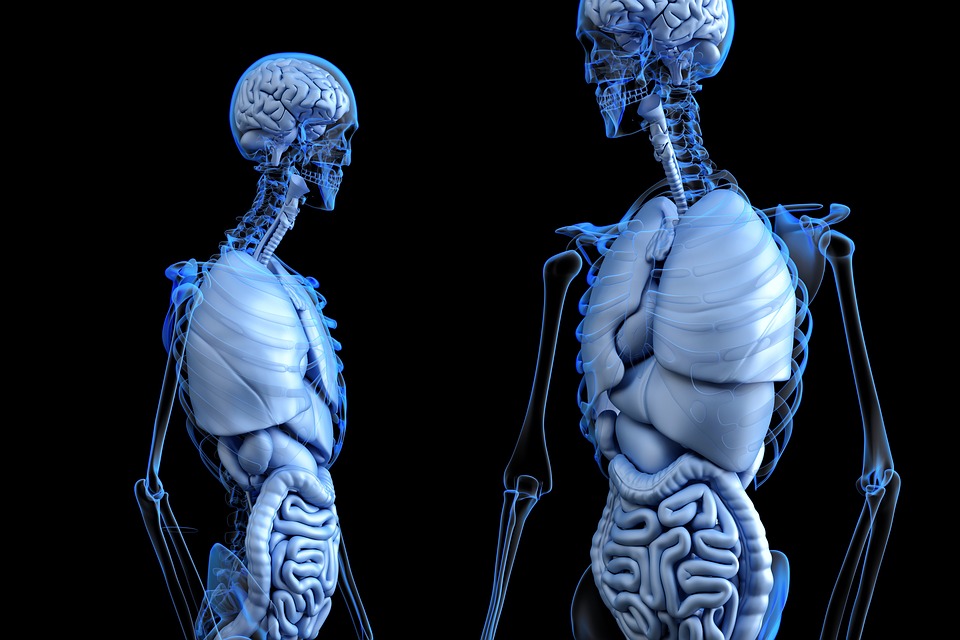
A significant indicator of whether a patient with rheumatoid arthritis will improve over the course of disease may lie in part in their gut, according to new research from Mayo Clinic’s Center for Individualized Medicine.
The study, published in Genome Medicine, found that predicting a patient’s future rheumatoid arthritis prognosis could be possible by zeroing in on the trillions of bacteria, viruses and fungi that inhabit their gastrointestinal tract, known as the gut microbiome. The findings suggest that gut microbes and a patient’s outcome of rheumatoid arthritis are connected.
“This is the first study to date that uses gut microbiome data to predict clinical improvement in rheumatoid arthritis disease activity independent of the initial measurement of their condition or prior treatment,” says Jaeyun Sung, Ph.D., a computational biologist within Mayo Clinic’s Center for Individualized Medicine and co-senior author of the study.
Rheumatoid arthritis is a chronic disorder characterized by joint inflammation and pain that can eventually lead to bone and cartilage erosion, joint deformity and loss in mobility. This complex disease affects nearly 1.3 million people in the U.S.
Zeroing in on the microbiome
For the study, the team performed a comprehensive precision genomic analysis, called “shotgun metagenomic sequencing,” on stool samples from 32 patients with rheumatoid arthritis at two separate clinical visits. The team investigated the connection between the gut microbiome and the smallest meaningful changes in clinical disease activity. The team found several traits of the gut microbiome linked to future prognosis.
“By looking at patients’ baseline gut microbiome profiles, we observed significantly different microbiome traits between patients who eventually showed improvement and those who did not,” says John M. Davis III, M.D., a clinical rheumatologist at Mayo Clinic with a specialty interest in inflammatory arthritis. Dr. Davis is co-senior author of the study.
“What was surprising is that our data suggest that depending on the eventual clinical outcome, gut microbiomes not only start at different ecological states, but also grow and develop differently,” Dr. Sung adds.
Next, by using deep-learning artificial intelligence (AI), the investigators examined if they could predict whether a patient achieves clinical improvement. Overall, the predictive performance resulted in 90% accuracy, thereby showcasing the proof of concept that the integration of gut microbiome and AI technology could theoretically be an avenue to predict disease course in rheumatoid arthritis.
Path toward treatment
“With further development, such prognostic biomarkers could identify patients who will achieve early clinical improvement with a given therapy, thereby sparing them the expense and risk of other therapies that are less likely to be effective,” Dr. Davis says. “Conversely, such tools can detect patients whose disease symptoms are less likely to improve, and perhaps allow clinicians to target and monitor them more closely. Much is left to be done, but we’re on the right path toward advancing our understanding of this disease in order to individualize medicine for patients with rheumatoid arthritis.”
Scientists have suspected for some time that the gut microbiome plays a role in rheumatoid arthritis, as well as many other inflammatory and autoimmune diseases. The enormous population of microbes help digest food, regulate the immune system and protect against pathogenic bacteria.
The researchers emphasize that every person’s microbiome is unique and consists of a complex mix of genetic, dietary and environmental influences. These differences shed light on why symptoms vary significantly among rheumatoid arthritis patients, which in turn makes it so difficult to treat and predict clinical outcome.
The study is the second recent rheumatoid arthritis investigation by Drs. Sung and Davis, highlighting the essential partnership between computational biologists and clinicians to solve complex problems in medicine. Together, they are on a path toward developing a suite of new data-driven tools to aid in early detection, diagnosis, prognosis and treatment in rheumatoid arthritis. As such, the researchers plan to explore ways to translate their findings into new biomarkers and therapies.
“Ultimately, our study reveals that modifying the gut microbiome to enhance clinical outcome may hold promise as a future treatment for rheumatoid arthritis,” Dr. Sung says. “This could revolutionize how we deliver care to our patients.”
This work was supported in part by Mayo Clinic’s Center for Individualized Medicine and Mark E. and Mary A. Davis.


